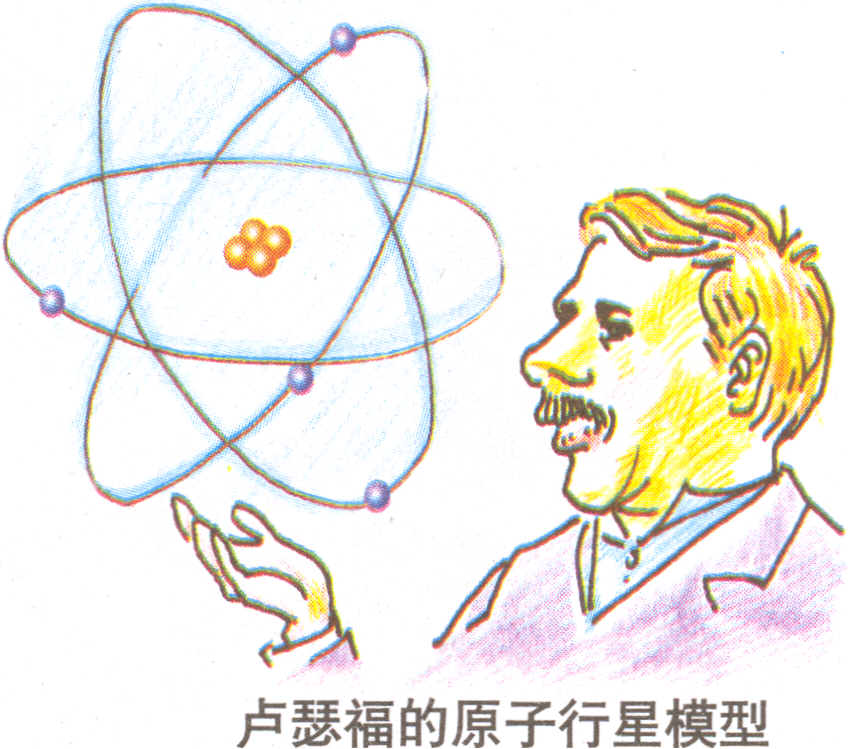(单词翻译:单击)
For a century after Dalton made his proposal, it remained entirely hypothetical, and a few eminent scientists—notably the Viennese physicist Ernst Mach, for whom is named the speed of sound—doubted the existence of atoms at all. "Atoms cannot be perceived by the senses... they are things of thought," he wrote. The existence of atoms was so doubtfully held in the German-speaking world in particular that it was said to have played a part in the suicide of the great theoretical physicist, and atomic enthusiast, Ludwig Boltzmann in 1906.
在道尔顿提出他的见解以后的一个世纪时间里,它仍然完全是一种假说。一些杰出的科学家——尤其是奥地利物理学家恩斯特·马赫,声速单位就是以他的名字命名的——还压根儿怀疑原子是不是存在。“原子看不见摸不着......它们是脑子想像出来的东西。”他写道。尤其在德语世界,人们就是以这种怀疑目光来看待原子的存在。据说,这也是导致伟大的理论物理学家和原子的热心支持者路德维希·玻尔茨曼自杀的原因之一。
It was Einstein who provided the first incontrovertible evidence of atoms’ existence with his paper on Brownian motion in 1905, but this attracted little attention and in any case Einstein was soon to become consumed with his work on general relativity. So the first real hero of the atomic age, if not the first personage on the scene, was Ernest Rutherford.
是爱因斯坦在1905年以那篇论布朗运动的论文首次提出了无可争议的证据,证明原子的存在,但没有引起多大注意。无论如何,爱因斯坦很快就忙于广义相对论的研究。因此,原子时代的第一位真正的英雄是欧内斯特·卢瑟福,如果他不是当时涌现出来的第一人的话。
Rutherford was born in 1871 in the "back blocks" of New Zealand to parents who had emigrated from Scotland to raise a little flax and a lot of children (to paraphrase Steven Weinberg). Growing up in a remote part of a remote country, he was about as far from the mainstream of science as it was possible to be, but in 1895 he won a scholarship that took him to the Cavendish Laboratory at Cambridge University, which was about to become the hottest place in the world to do physics.
卢瑟福1871年生于新西兰的“内陆地区”。用斯蒂芬·温伯格的话来说,他的父母为了种植一点亚麻、抚养一大堆孩子,从苏格兰移居到新西兰。他在一个遥远国度的遥远地区长大,离科学的主流也同样很遥远。但是,1895年,他获得了一项奖学金,从而有机会来到剑桥大学的卡文迪许实验室。这里快要成为世界上搞物理学的最热门的地方。


